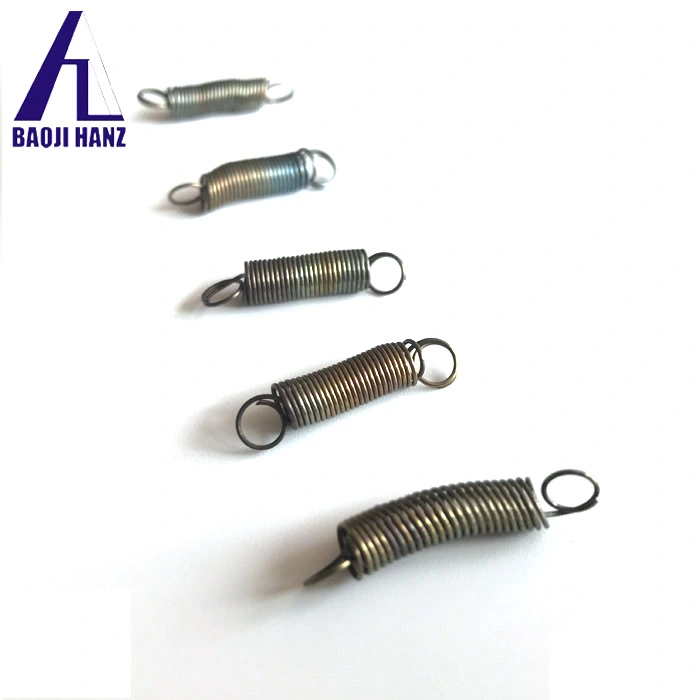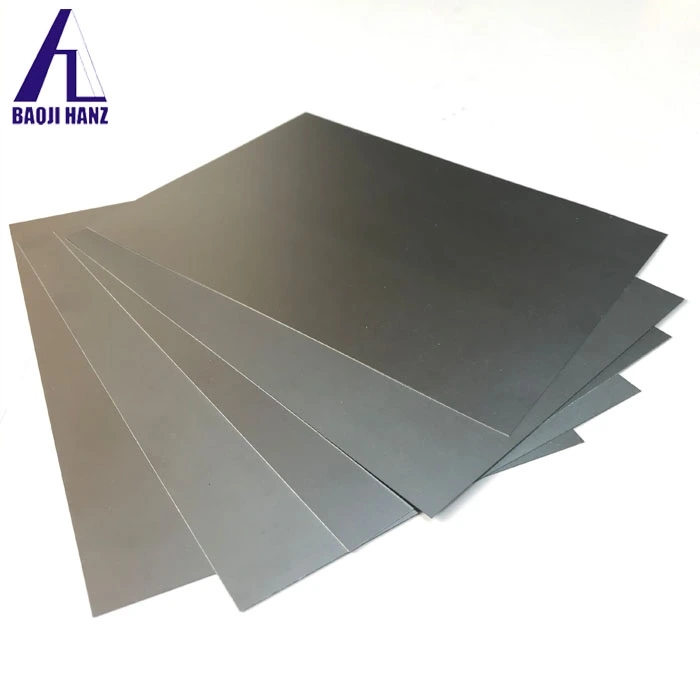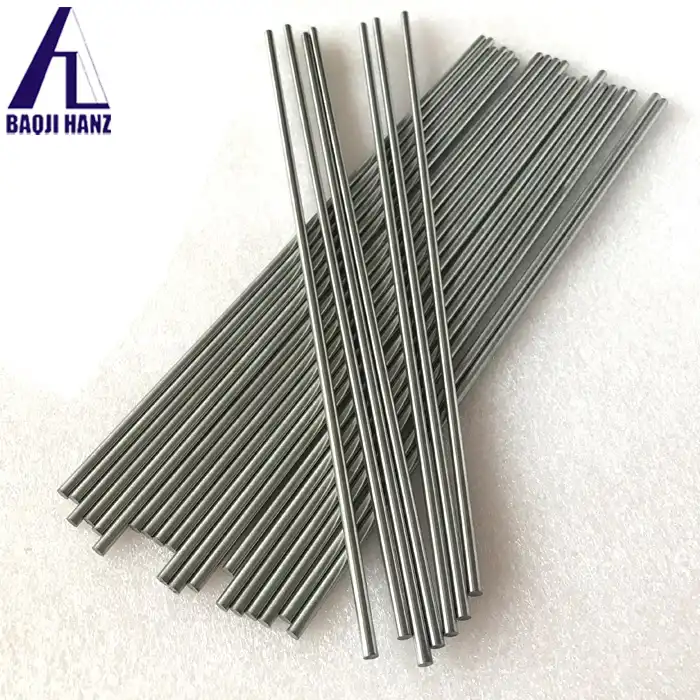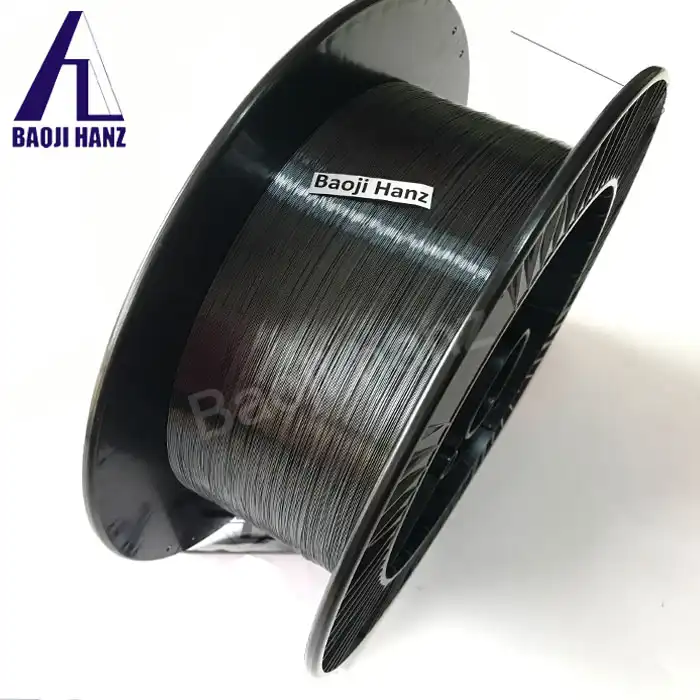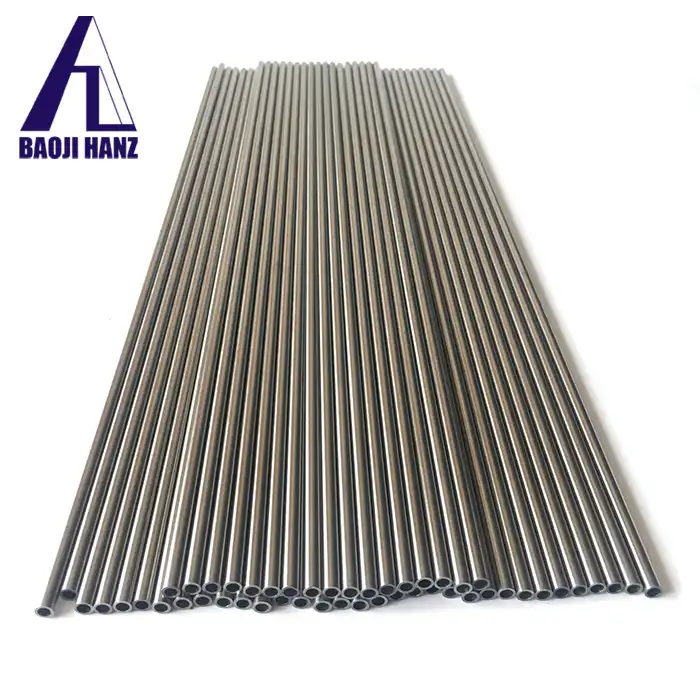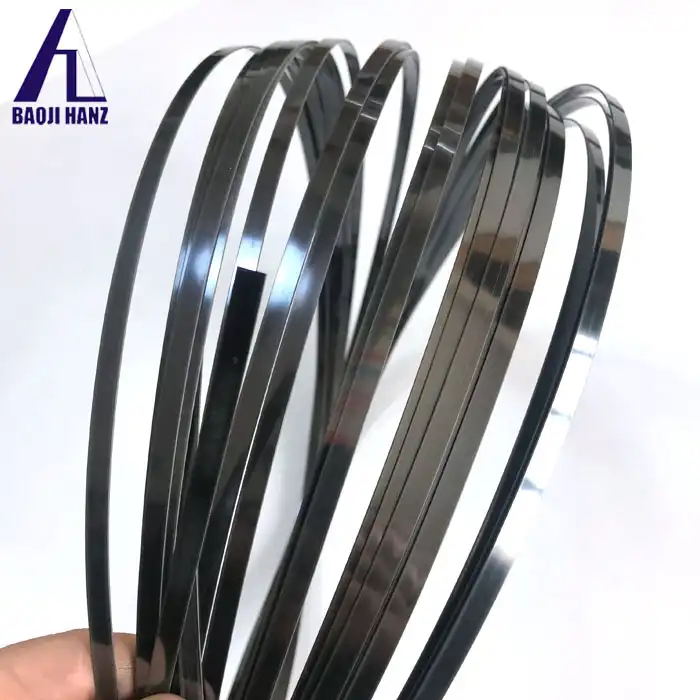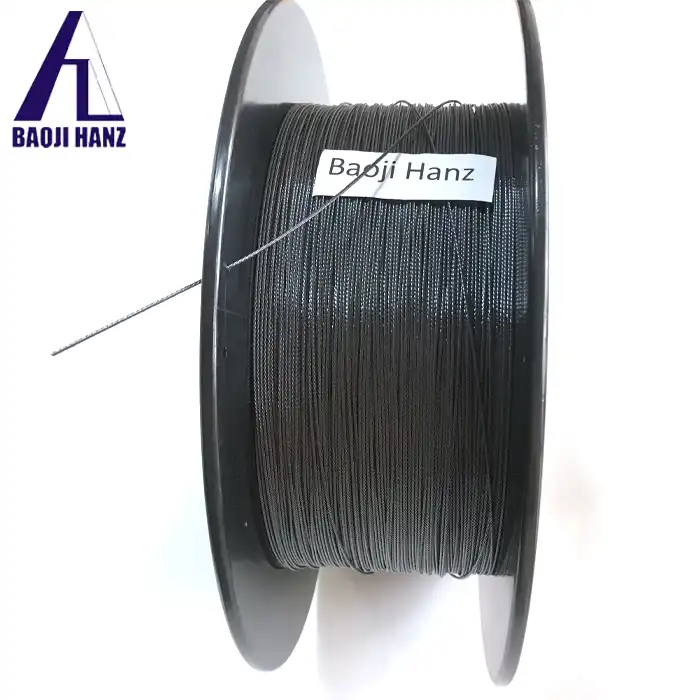Are there any limitations to using Nitinol compression springs?
2025-02-22 00:08:06
Nitinol compression springs, made from the unique nickel-titanium alloy, offer incredible advantages due to their shape memory and superelastic properties. These springs are widely used in industries like medical devices, aerospace, and robotics, thanks to their exceptional performance in extreme conditions. However, like any specialized material, Nitinol springs have limitations that may affect their application in certain scenarios. This blog explores these limitations to help you make informed decisions when considering Nitinol compression springs for your projects.
What Factors Influence the Performance of Nitinol Compression Springs?
How Does Temperature Affect Nitinol Compression Springs?
Nitinol's unique properties are temperature-dependent, which can limit its performance in extreme environments. The material's ability to undergo phase transitions between its martensitic and austenitic phases is crucial for its shape memory and superelastic behavior. These transformations occur within specific temperature ranges; any deviation can hinder its functionality. High temperatures can cause thermal fatigue, leading to irreversible changes in the material's structure, which reduces its mechanical properties over time. Conversely, at very low temperatures, Nitinol's superelasticity can be compromised, making it less effective. Additionally, the thermal cycling over extended periods may degrade the material, affecting its long-term reliability in dynamic applications.
Are There Load Limitations for Nitinol Springs?
Although Nitinol is known for its remarkable flexibility, it does have mechanical constraints when subjected to excessive loads. Exceeding the material’s elastic limit can result in permanent deformation, effectively reducing the spring's resilience and lifespan. The material's performance is highly dependent on stress levels and the frequency of loading cycles. While Nitinol exhibits excellent fatigue resistance, the material's ability to withstand high-load conditions may degrade under repetitive, extreme stress, leading to failure after prolonged use. This makes it important to optimize the design to avoid overstressing the material, ensuring its longevity and reliable performance.
How Does Corrosion Impact Nitinol?
Nitinol offers good corrosion resistance, particularly in neutral and slightly acidic environments, making it suitable for various applications. However, exposure to aggressive elements like chlorides can cause localized corrosion, such as pitting, which may compromise the spring's structural integrity. Although Nitinol's corrosion resistance is generally high, prolonged exposure to highly corrosive environments can lead to surface degradation, especially without protective coatings. In such conditions, a surface treatment or coating becomes necessary to maintain its mechanical performance. This additional layer of protection, however, may increase the complexity and cost of manufacturing, as well as affect the spring's overall functionality in certain applications.
What Are the Design Constraints of Nitinol Compression Springs?
Is Manufacturing Nitinol Springs Complex?
Manufacturing Nitinol compression springs is indeed a highly specialized process. Achieving the desired shape memory and superelastic properties requires precision heat treatment, as the material undergoes phase transitions within specific temperature ranges. The heat treatment process must be meticulously controlled to ensure optimal performance. Additionally, Nitinol’s unique superelastic nature makes it more difficult to machine than conventional metals, requiring specialized tools and techniques. The combination of these challenges increases the complexity and cost of production, particularly when producing springs for highly demanding applications where both precision and reliability are essential.
Are Customization Options Limited?
While Nitinol is a versatile material, there are certain design constraints that can limit customization options. One key challenge is maintaining consistent cross-sectional dimensions, as fluctuations in the material’s properties during production can affect uniformity. Achieving tight dimensional tolerances is essential for precise performance but may significantly increase manufacturing time and costs. Additionally, custom designs that push the material’s limits in terms of size, shape, or performance may result in trade-offs in reliability or functionality. This makes it important to balance the desired specifications with the inherent limitations of Nitinol in the manufacturing process.
What About Long-Term Stability?
Over time, Nitinol compression springs may experience changes that affect their long-term stability. Prolonged use in demanding or extreme conditions can lead to gradual property degradation, such as a reduction in elasticity or memory capabilities, particularly under high-temperature or high-stress conditions. Stress relaxation is another factor to consider, as continuous loading can cause the material to slowly lose its force retention capacity. This may lead to a decrease in the spring's effectiveness, especially in applications where consistent performance is critical. Proper maintenance and careful material selection can help mitigate these issues, but they remain important considerations for long-term reliability.
Are There Specific Applications Where Nitinol Compression Springs Are Unsuitable?
Are Nitinol Springs Ideal for High-Stress Applications?
Nitinol springs are generally well-suited for moderate load applications, particularly where their shape memory and superelastic properties can be fully leveraged. However, they may not be ideal for extreme high-stress scenarios that demand higher tensile strength or fatigue resistance. While Nitinol has good mechanical properties, it is not as strong as materials like steel or titanium, especially in applications that involve very high or continuous stress. For such heavy-duty applications, materials with higher tensile strength and better fatigue resistance may be more appropriate. Nitinol’s performance in high-stress environments can also degrade over time, particularly under continuous or extreme loading conditions, so care must be taken when considering its use in these contexts.
What About Cost Considerations?
The cost of Nitinol springs can indeed be a significant factor to consider. Nitinol is a specialty material that is much more expensive than traditional spring materials like steel. This higher cost is primarily due to the complexity of its production, as well as the costs associated with its raw materials, which are less abundant than those of conventional metals. Additionally, the manufacturing process for Nitinol springs requires specialized equipment and expertise, including advanced heat treatment, precision machining, and testing capabilities. These factors increase both the initial production costs and ongoing maintenance costs, making Nitinol compression springs more expensive overall. As a result, industries with budget constraints or those requiring high-volume production may find the cost prohibitive unless the performance benefits justify the investment.
Are There Compatibility Issues?
Yes, Nitinol can present compatibility challenges in certain applications. One issue is material compatibility, particularly when Nitinol is paired with dissimilar metals. This combination can lead to galvanic corrosion, where the materials in contact with each other corrode at an accelerated rate due to the electrochemical differences between them. This can reduce the overall lifespan of the components, especially in harsh environments. Additionally, in industries with stringent regulatory standards—such as aerospace, medical devices, or automotive applications—Nitinol's unique properties and manufacturing requirements may make it difficult to integrate into standardized systems. Strict certification requirements or the need for specific performance metrics can present challenges when incorporating Nitinol into larger systems or assemblies, particularly where compatibility with other materials or components is a concern. Therefore, careful consideration must be given to both material pairing and regulatory compliance when using Nitinol in such applications.
Conclusion
Nitinol compression springs offer unparalleled advantages due to their shape memory and superelasticity. However, their performance can be influenced by factors like temperature sensitivity, mechanical limitations, and manufacturing complexity. While suitable for numerous applications, it's essential to weigh their benefits against potential limitations to determine their compatibility with specific projects. If you want to get more information about this product, you can contact us at: baojihanz-niti@hanztech.cn.
Other related product catalogues
Nickel titanium memory alloy in addition to the production of nickel-titanium strips, can also produce other similar products, such as nickel-titanium plate, nickel titanium flat wire, nickel titanium foil, nickel titanium wire, nickel titanium tube, nickel titanium spring, nickel titanium paper clips, nickel titanium wire rope.
|
|
|
|
|
|
|
|
References
1. Engineering properties and industrial applications of Nitinol shape memory alloys.
2. Advances in manufacturing processes for Nitinol components.
3. Studies on the corrosion resistance of nickel-titanium alloys in biomedical applications.
4. Mechanical performance of superelastic Nitinol under cyclic loading.
5. Challenges in machining and thermal treatment of Nitinol alloys.
6. Material compatibility and fatigue behavior in nickel-titanium systems.
